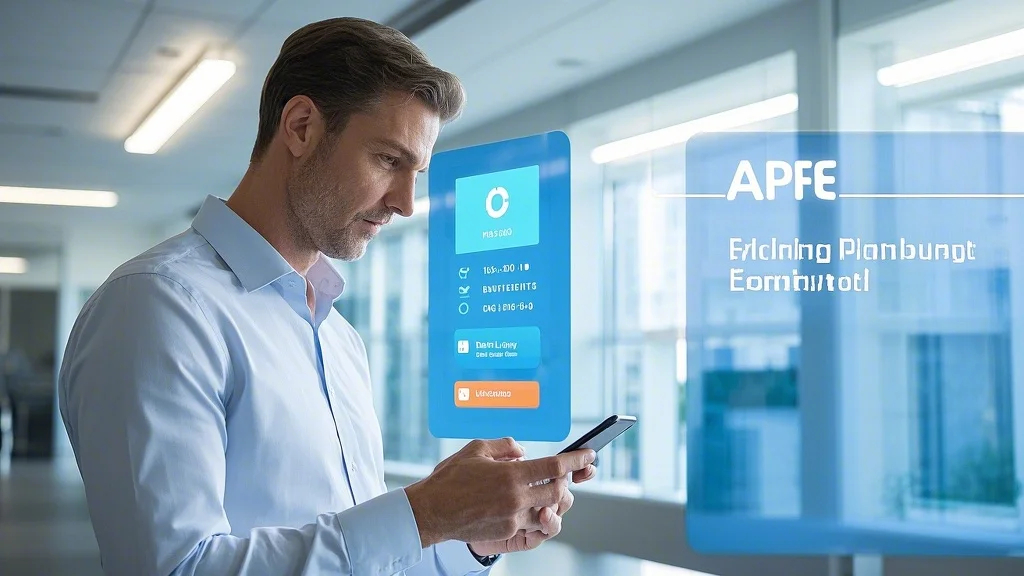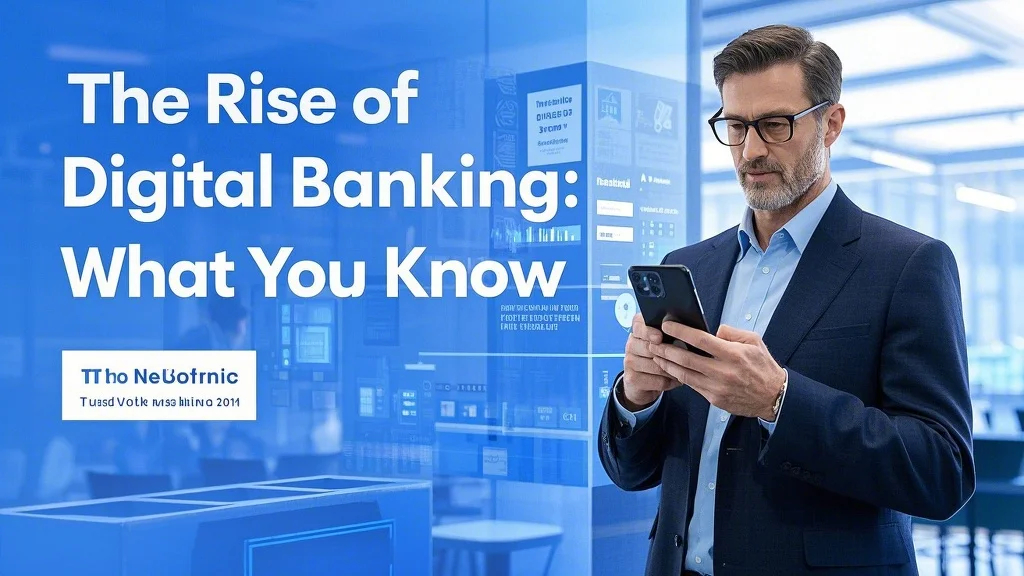The Transformation of Traditional Banking
The shift to digital banking represents one of the most significant financial revolutions of our time, fundamentally changing how consumers and businesses interact with their money. Unlike traditional banks with their physical branches and limited hours, digital-first institutions operate entirely online, offering 24/7 access through sophisticated mobile banking solutions. This transition goes far beyond simple convenience – it’s enabling entirely new financial products and services that were impossible with legacy systems. Modern digital banks leverage cloud computing and APIs to create seamless experiences that integrate with accounting software, investment platforms, and even e-commerce systems. The COVID-19 pandemic accelerated adoption rates by several years, with over 65% of Americans now using digital banking as their primary financial management method. What began as basic online account access has evolved into comprehensive financial ecosystems that challenge traditional banking models across every metric from fees to customer experience.
Essential Features of Modern Online Banking
Today’s online banking tools offer capabilities that far surpass the simple balance checks and transfers of early internet banking. The leading platforms incorporate AI-driven financial insights that analyze spending patterns and predict cash flow issues before they occur. These smart financial tools can automatically categorize expenses, identify subscription charges you may have forgotten, and even suggest optimal times to pay bills based on your cash flow. Mobile check deposit has become table stakes, with some institutions now offering instant availability of funds. Person-to-person payment systems have evolved to allow near-instant transfers between customers at different banks without needing account details. The most advanced digital banks provide real-time transaction notifications and customizable alerts that give customers unprecedented control and visibility over their finances. These features collectively create banking experiences that are not just digital versions of traditional services, but fundamentally better ways to manage money.

The Fintech Revolution in Banking Services
Fintech for banking has moved from disrupting traditional institutions to becoming the driving force behind innovation across the entire financial sector. Challenger banks like Chime and Revolut have shown what’s possible with modern technology stacks unburdened by legacy systems. These innovators have forced traditional banks to accelerate their own digital transformations, leading to hybrid models that combine fintech agility with established trust. The most significant advancements come from mobile banking solutions that leverage smartphone capabilities like biometric authentication and location services to enhance security and convenience. Open banking APIs allow customers to securely share their financial data with third-party apps that can provide better rates, identify savings opportunities, or consolidate multiple accounts into a single dashboard. This ecosystem approach turns banking from a standalone service into part of an integrated financial life where different applications work together seamlessly to improve users’ financial health.
Security Advancements in Digital Banking
As digital banking becomes mainstream, security measures have evolved to stay ahead of sophisticated cyber threats. Modern platforms employ multi-layered protection combining device authentication, behavioral biometrics, and end-to-end encryption. These smart financial tools use machine learning to detect unusual activity patterns that might indicate fraud, often catching suspicious transactions before the customer notices anything wrong. Many institutions now offer virtual card numbers for online purchases that can be instantly changed if compromised, while keeping your actual account details secure. The shift to tokenization means your sensitive financial information never actually gets transmitted during transactions. Perhaps most importantly, digital banking security is becoming more user-friendly, with features like location-based authentication that automatically increases security when you’re traveling. These advancements have made digital banking statistically safer than traditional methods, with fraud rates significantly lower for digital-native customers compared to those still relying primarily on physical branches and cards.
Choosing the Right Digital Banking Solution
With hundreds of online banking tools available, selecting the right platform requires careful consideration of your specific financial needs. Digital-only banks often offer higher interest rates and lower fees since they don’t maintain physical branches, but some customers still value hybrid options that provide occasional in-person service. The best fintech for banking solutions integrate with the other financial tools you use, whether that’s investment platforms, accounting software, or payment systems. Frequent travelers should prioritize banks with robust international capabilities including fee-free ATM access and competitive currency conversion. Small business owners need specialized features like invoicing, payroll management, and tax preparation tools. Security-conscious users should examine each institution’s authentication methods and fraud protection policies. The ideal digital bank becomes an invisible financial partner that works quietly in the background while providing powerful tools when you need them, rather than creating additional complexity in your financial life.
The Future of Digital-First Financial Services
The next wave of digital banking innovation points toward increasingly personalized and proactive financial management. Emerging technologies like AI-powered financial assistants will likely anticipate needs before customers recognize them themselves. We’re seeing early examples of mobile banking solutions that can automatically negotiate bills, optimize savings rates across multiple accounts, and even manage investments based on verbal instructions. Blockchain technology promises to further streamline cross-border payments and reduce settlement times for all types of transactions. As digital natives become the primary banking demographic, we’ll see interfaces evolve beyond screens to voice-first interactions and augmented reality financial visualization. The most forward-looking institutions are already experimenting with banking services embedded directly into social platforms and e-commerce ecosystems. This evolution suggests that within a few years, “banking” won’t be something people do at a specific place or time, but an always-available intelligent layer that enhances every financial decision throughout daily life.



